Understanding Windshield Repair
Windshields serve a critical function in vehicle safety and visibility, but they are also susceptible to damage from various external factors like debris, weather conditions, and accidents. Understanding the nuances of Windshield Repair is essential for vehicle owners. In this guide, we will explore the types of damages that can occur, when to repair versus replace, and the importance of professional help in many situations.
What is Windshield Repair?
Windshield repair is a process designed to fix minor flaws in auto glass, such as chips or small cracks. The primary goal of the repair process is to restore the integrity and clarity of the windshield, thereby enhancing the driver’s visibility and the vehicle’s safety. This is typically achieved through the application of a special resin that fills in the damage and bonds to the glass, effectively preventing further cracks from developing and restoring its function.
Common Types of Windshield Damage
Auto glass can experience various types of damage, including:
- Chips: These are small, often circular damages caused by stones or debris hitting the windshield.
- Cracks: Cracks can appear in different shapes including stars, long cracks, or bullseyes, varying in length and depth.
- Star Breaks: A specific type of chip with radiating cracks that resemble a star.
- Long Cracks: Any crack longer than three inches typically requires replacement rather than repair.
When to Choose Repair Over Replacement
Determining whether to repair or replace a windshield largely depends on the extent and location of the damage. Here are a few guidelines:
- If the damage is smaller than a quarter and located away from the driver’s line of sight, repair is usually a viable option.
- Cracks that are less than six inches long may also be repaired, depending on their location and severity.
- If damage is near the edges, involves multiple cracks, or if the glass shows a significant loss of integrity, replacement is often necessary.
Benefits of Professional Windshield Repair
Cost Savings from Repairing
Opting for windshield repair instead of replacement can lead to substantial cost savings. The average cost of repairing a small chip can range between $50 to $100, while replacement can run upwards of $300 or more, depending on the vehicle model and local service rates. Furthermore, many insurance companies offer coverage for repairs, which can dramatically reduce out-of-pocket expenses.
Time Efficiency in Repairs
Professional windshield repair typically takes less than an hour. Experts have the tools and experience to quickly and efficiently fix minor damages, allowing you to get back on the road without extended downtime. In contrast, a full windshield replacement can take several hours, making repair a more attractive option for those with busy schedules.
Quality Assurance and Safety Standards
Professional technicians adhere to strict safety and industry standards to ensure that the repair is effective and safe. Their expertise allows them to assess the damage comprehensively, ensuring that any potential risks are mitigated. This level of quality assurance is vital because an improperly repaired windshield can lead to severe safety concerns down the line.
DIY Windshield Repair Techniques
While professional repair services are often the best choice, some minor damages can be addressed through DIY methods. For those considering this route, it’s essential to understand both the tools required and the correct procedures.
Tools Required for DIY Windshield Repair
To attempt a DIY windshield repair, you will need:
- A windshield repair kit, which typically includes resin, an applicator, and a curing film.
- Rubbing alcohol to clean the damaged area.
- A scraper or razor blade to remove any debris from the chip or crack.
- A clean cloth to wipe down the area.
Step-by-Step Process for Effective Repair
Follow these steps for a basic DIY windshield repair:
- Clean the damaged area with rubbing alcohol, ensuring it’s free from dirt and debris.
- Position the applicator over the chip or crack and inject the resin as instructed by the manufacturer.
- Allow the resin to cure fully, typically by using a provided curing film.
- Once the resin has cured, scrape away any excess and clean the area to restore clarity.
Common Mistakes to Avoid During Repair
A few common pitfalls to avoid include:
- Not cleaning the area properly, leading to contamination that affects adhesion.
- Allowing the resin to cure improperly, resulting in an ineffective repair.
- Attempting to repair damage that exceeds the recommended size or position, risking further damage.
Choosing the Right Windshield Repair Service
For those opting for professional help, selecting the right windshield repair service is crucial. Here are aspects to consider in your decision-making process.
What to Look for in a Service Provider
When searching for a windshield repair service, consider the following:
- Experience: Look for a provider with a proven track record in windshield repair.
- Certifications: Ensure technicians are certified and follow industry standards.
- Warranty: Check if they offer a warranty for their repairs, a sign of quality work.
Questions to Ask Before Making a Decision
Prior to selecting a service, consider asking the following questions:
- What types of damages can you repair?
- What is the estimated time for the repair?
- Are your technicians certified and experienced?
- Do you offer a warranty for your repair work?
Reading Reviews and Gathering Recommendations
Online reviews and customer testimonials can provide valuable insights into a service’s reputation. Additionally, ask friends or family for recommendations based on their own experiences. A reliable service will have consistent positive feedback from satisfied customers.
Maintaining Your Windshield After Repair
After a windshield repair, it’s essential to maintain your windshield properly to extend its lifespan and effectiveness.
Best Practices for Care and Maintenance
Consider adopting the following practices:
- Avoid slamming doors, as vibrations can affect the integrity of the repair.
- Do not wash your vehicle for at least 24 hours after the repair to allow the resin to cure fully.
- Be mindful of extreme temperatures that could stress the repair.
Signs Your Windshield Needs Further Attention
Keep an eye out for indicators that your windshield might need additional repairs:
- New cracks emerging from the same area.
- Discoloration or cloudiness around the repaired area.
- Changes in visibility, indicating structural integrity issues.
Long-term Benefits of Proper Maintenance
Regular maintenance of your windshield ensures safety and extends the life of the repair. By being proactive, you can avoid the costs associated with more extensive repairs or complete replacements. Moreover, a well-maintained windshield contributes to better visibility during adverse weather and an overall safer driving experience.
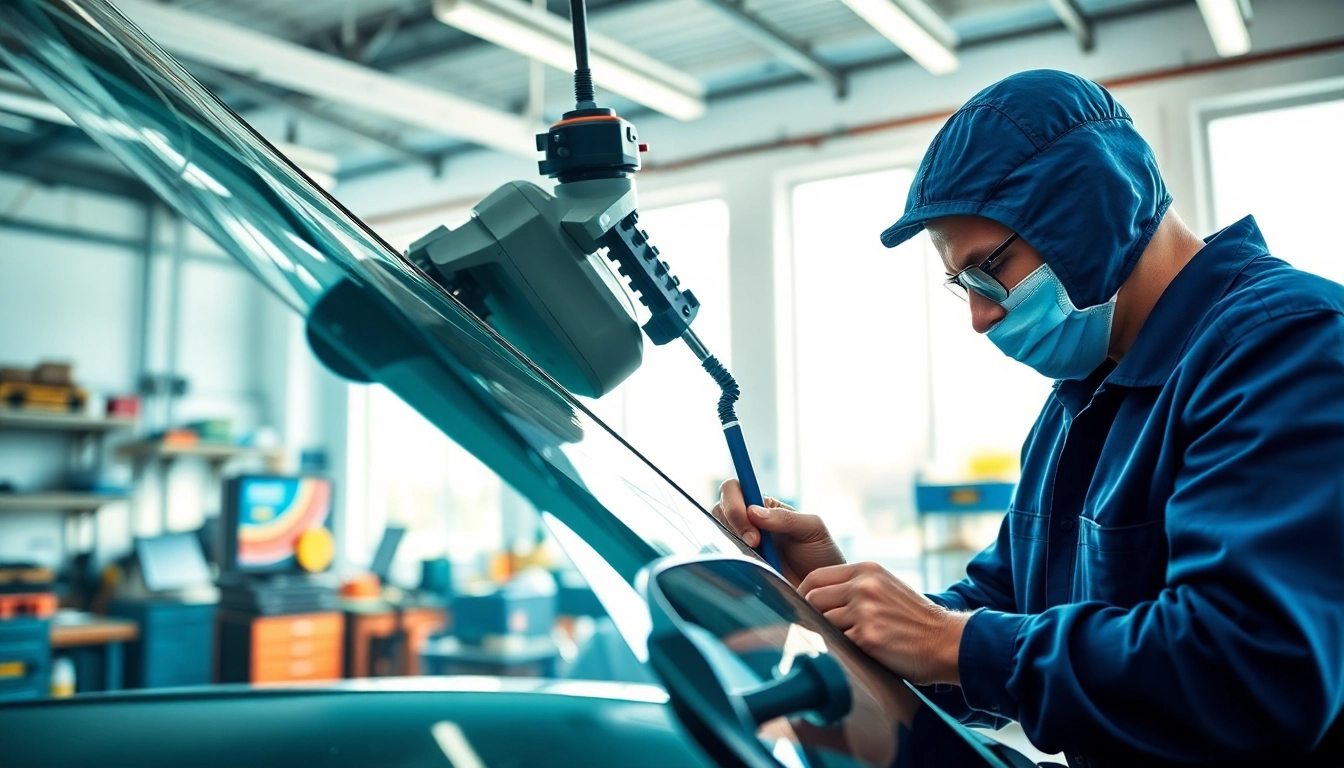
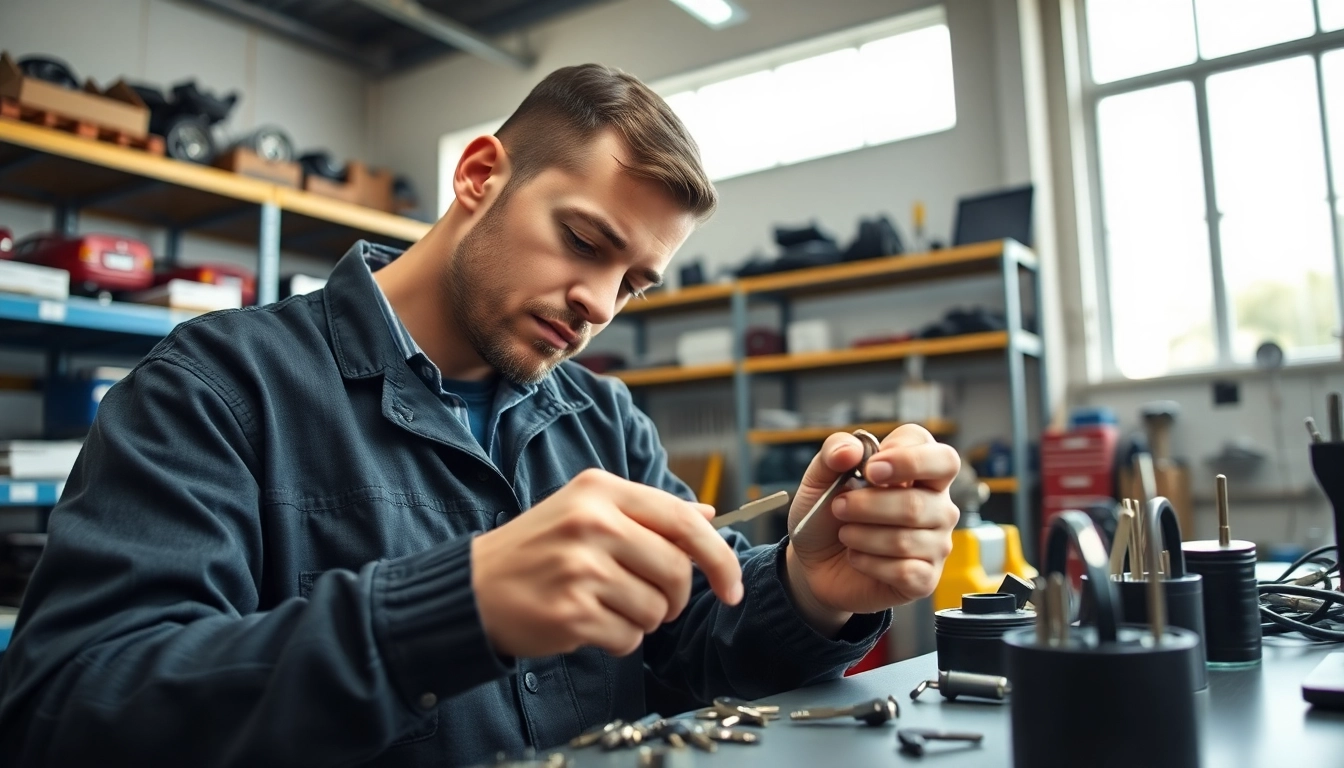

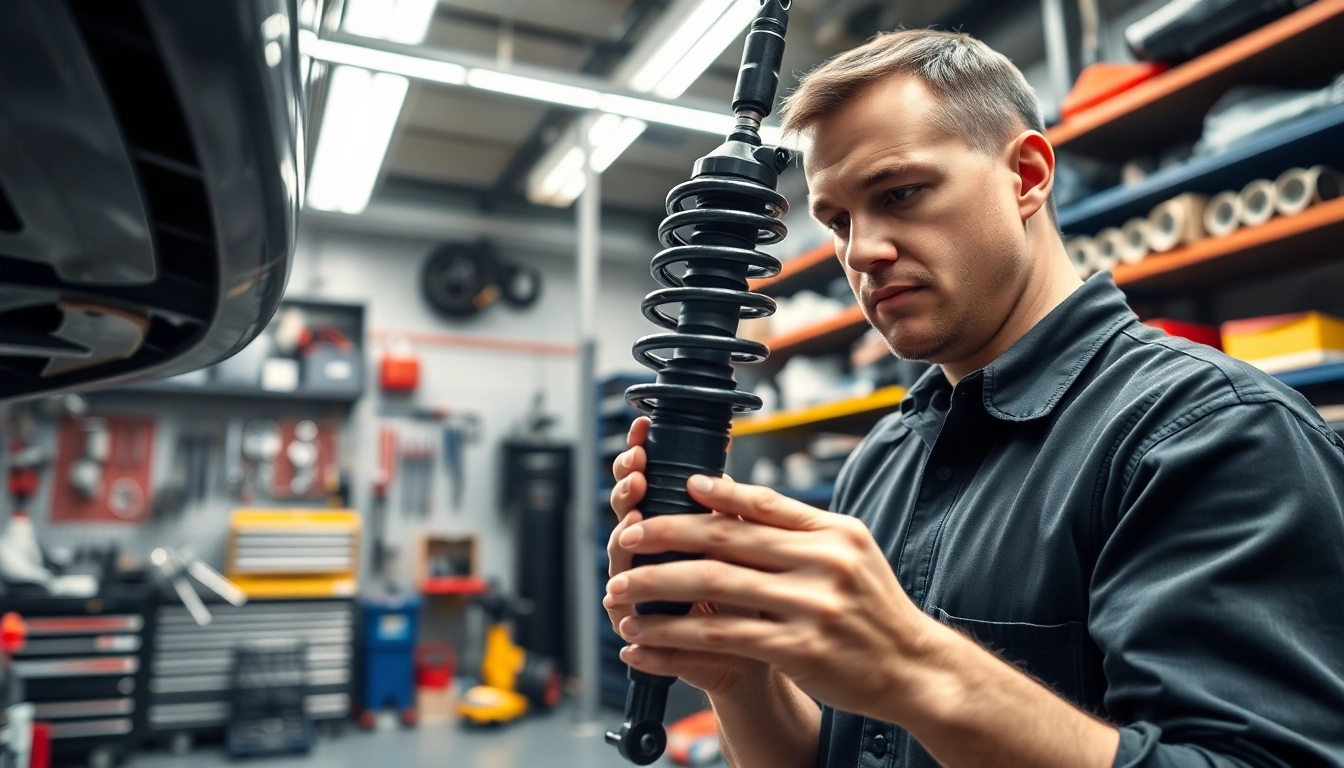
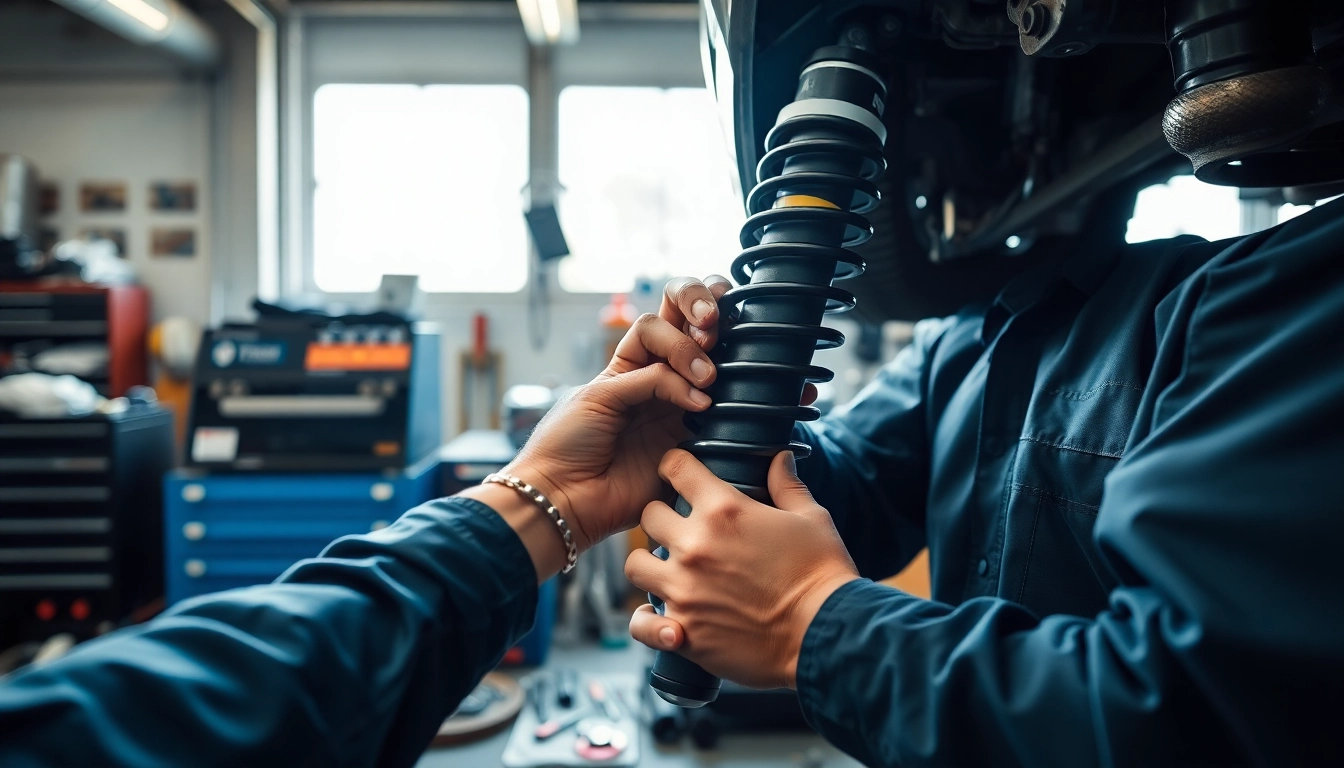
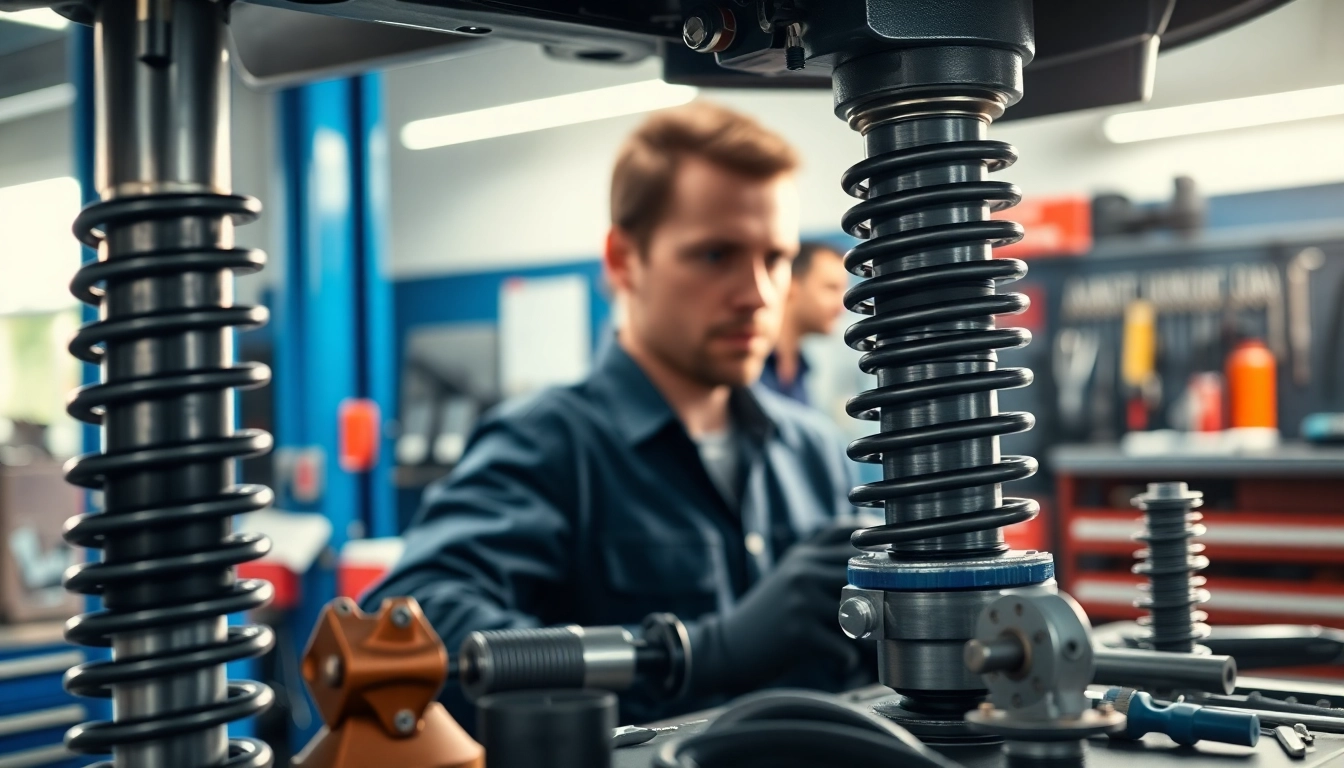


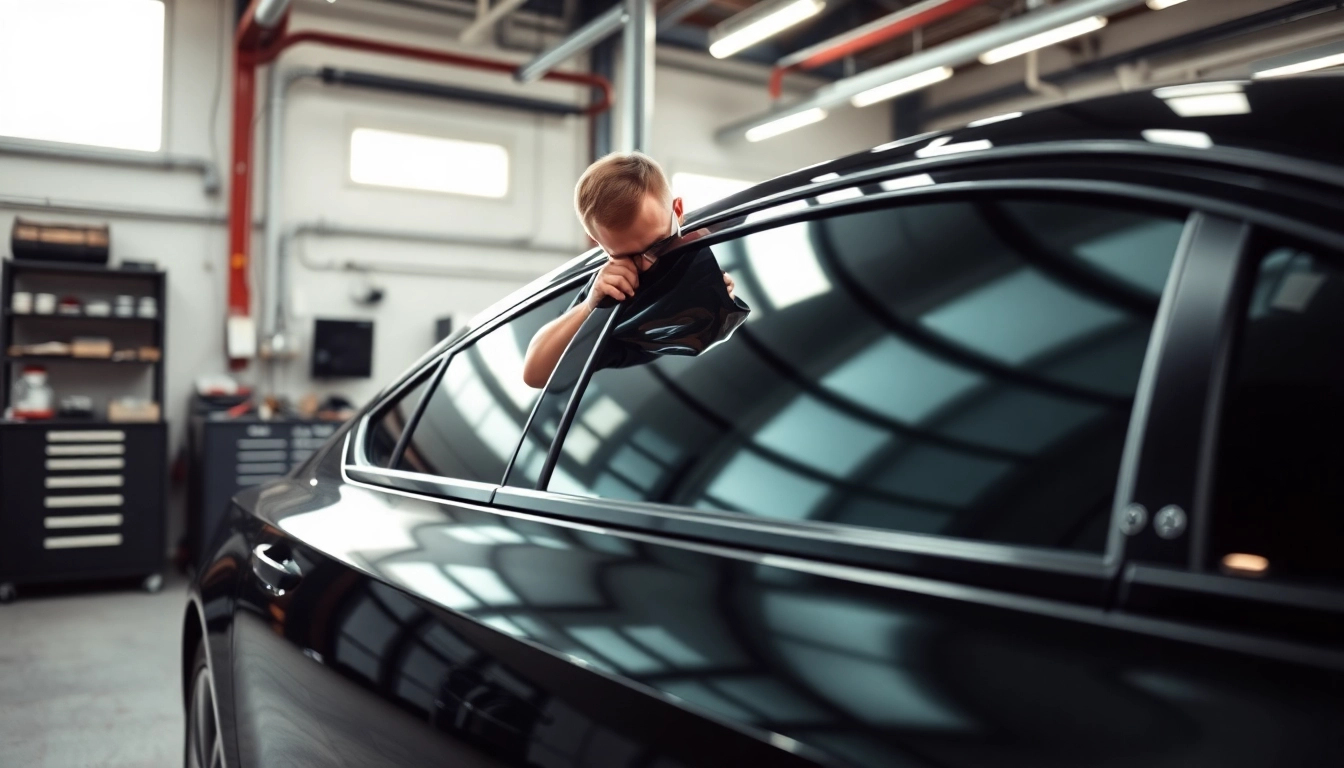
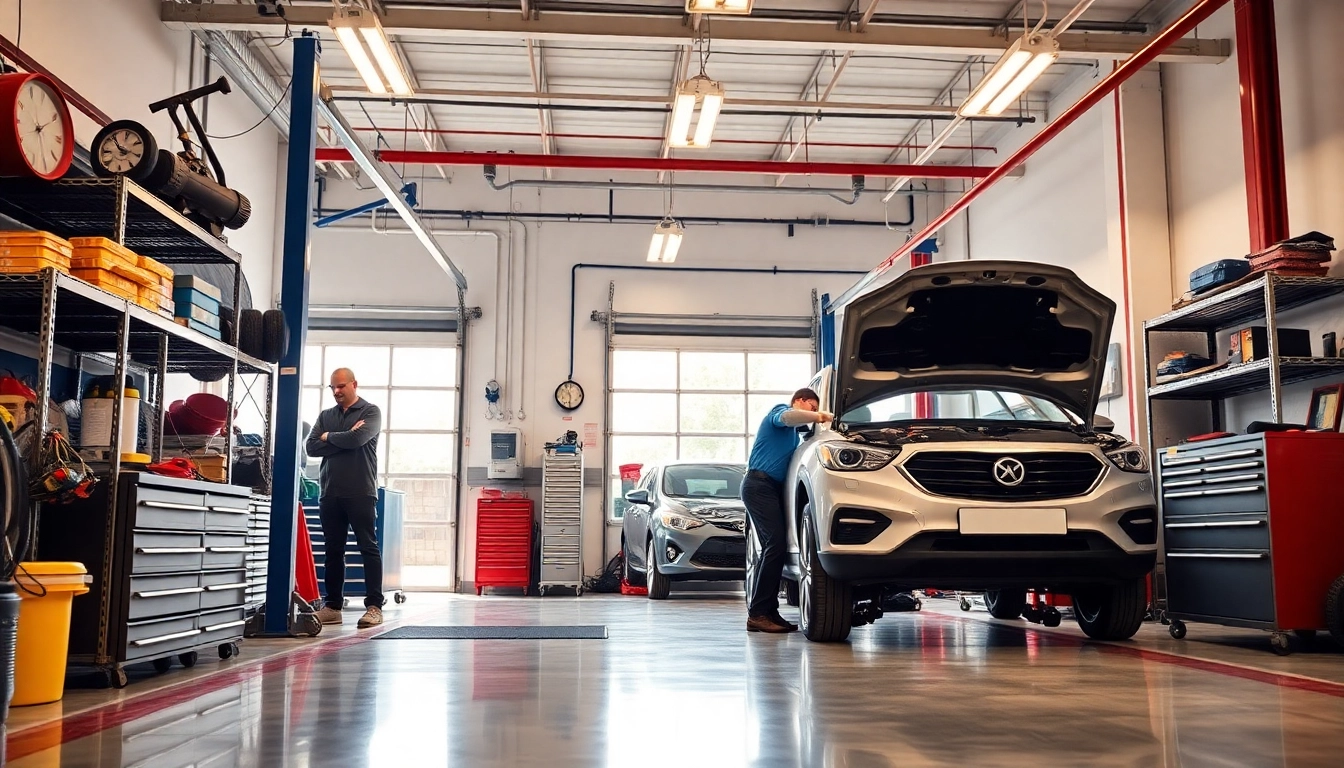
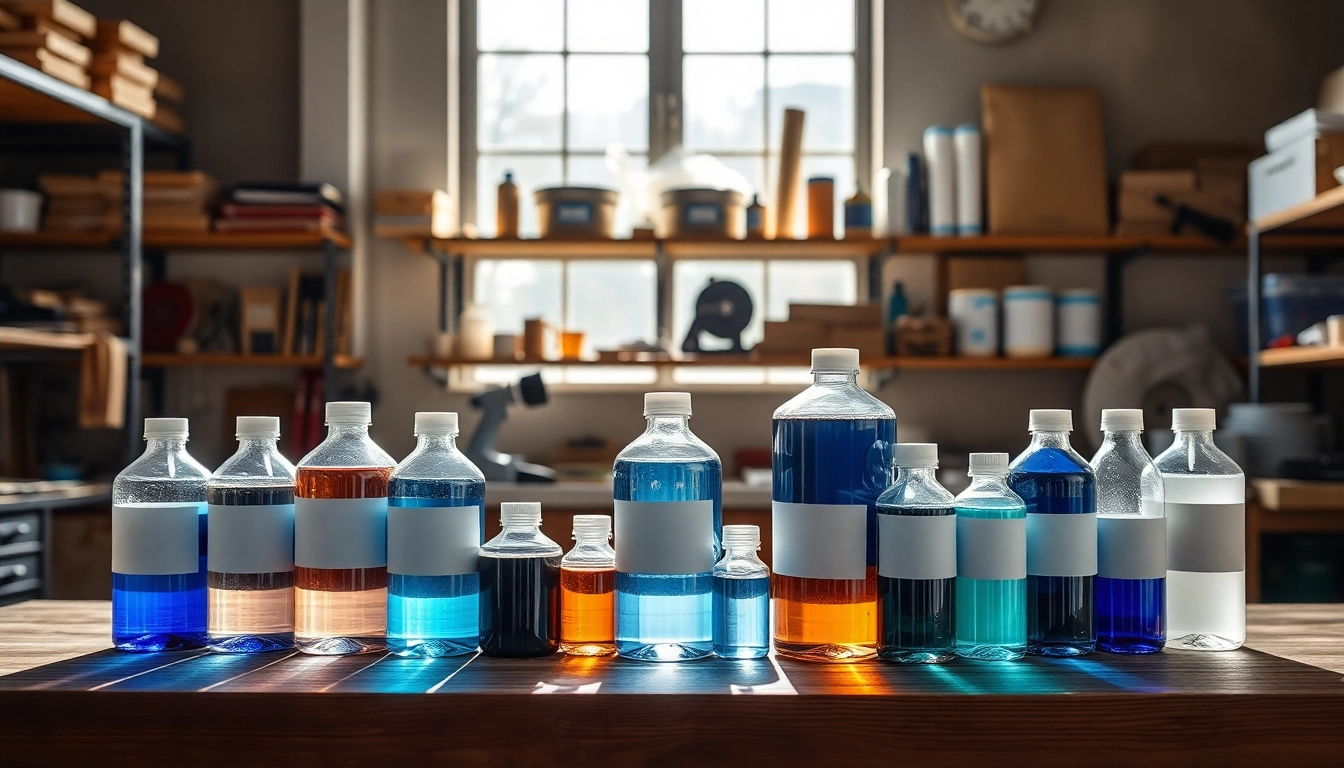
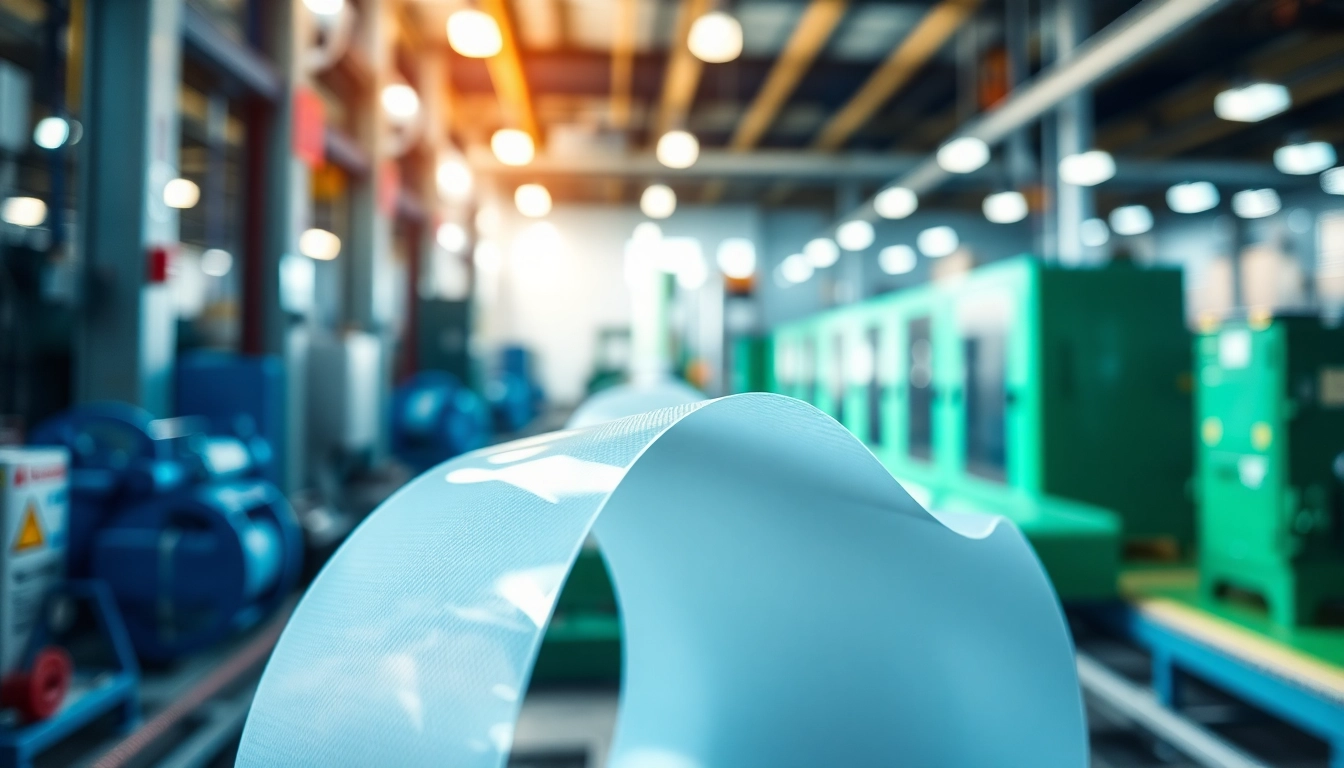


Leave a Reply